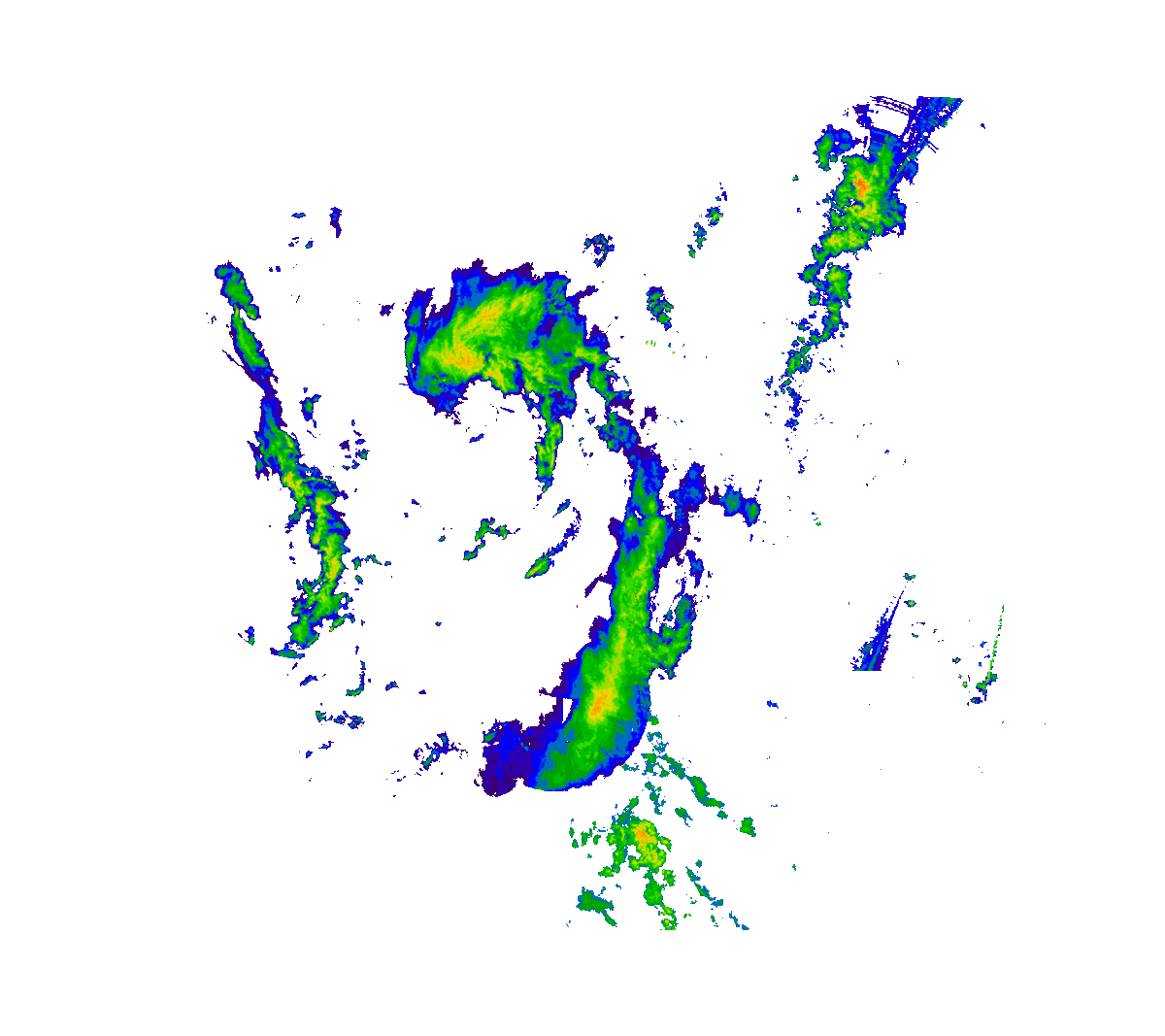
Projects
Check out my GitHub!Keypoint Detection with Neural Networks
My Bachelor Thesis


The thesis paper, source code, pretrained U-Net++ model, supervisor and opponent reviews with their respective evaluation and grade can be found on VSB DSpace here.
Boeing 737NG Collins Clone
737 autopilot control made & designed by wortelus


During my journey on building flight sim rig, the next thing that needed replacing was the Saitek Multi Panel, which after some time proved to be very inefficient and rather not intuitive on controlling autopilot of the airliners, given that they often posess more advanced and specific functions to operate the flight. That was, after some tinkering, I discovered that I could scale down the interface to the original Saitek panel dimensions, while keeping most of the functions despite its small size.
The build progress was longer that could fit on this page, feel free to read about the bastler process here!
X-Plane to Stream Deck Manager
Open Source solution for flight simmers utilizing Stream Deck by Elgato


As I was building my dedicated home cockpit for the Boeing 737 NG, I wanted to take away the control of a pointing device as much as possible, control the plane by intuitive way and use the mouse mainly to look around!

So I have built a script that has achieved exactly what I wanted!

The idea of taking mouse from the control of the flight simulator was taken away for me! And in a fashionable, esthetic and inventive way. As a lot of hardware for flight simulation is expensive, this modular and open deck hardware is a convenient solution for physical replicas of real life panels ,and still, they miss the factor of modularity in case you want to switch planes. This is very easy to configure for a regular educated user and can be used for any aircraft model.

It can do practically anything, control buttons by switching on/off, cycling between multiple state knobs, rotating knobs or activating momentary switches by holding them. Of course, it keeps the deck icons up to date with current states with no visible latency! It has gauges and displays (as those are harder to read on the TV for me). You can include folders there with specific actions, so there is a lot of space. The Stream Deck XL provides 32 buttons, more than enough for rather cheap and intuitive way of controlling the flight simulation.

It is developed in Python 3, and doesn't need any external plugin except the dependencies of the project. It communicates with X-Plane using its built-in internal UDP protocol, which is simple, yet still powerful tool for projects like this. The main loop is simple and optimized so the performance hit on the precious CPU time is as low as possible.
COTREC
Radar echo extrapolation done precisely, up to 1hr of of precise vectors

Czech Hydrometeorological Institute came up with a radar echo extrapolation nowcasting algorithm known as COTREC (and later proposed an upgrade called CELLTRACK). I was main developer of the software implementation for Meteopress s.r.o, engineered from scratch. Recreated with passion and multiple additional features.

The software, developed in the Go language, processes two input images from times t and t-10 to determine the default vector fields for nowcasting prediction. These vector fields are applied to the image at time t to predict the future positions of all dBZ values at t+10, t+20, t+30, and so on.


<<< COTREC 1 HOUR PREDICTION
LOCATION: CENTRAL EUROPE
FORMAT: 2 INPUT IMAGES (SHOWN 4 FOR CONTINUITY), 6 OUTPUT IMAGES
SOURCE: Meteopress s.r.o.
AnoBIT
Former project in early days of high school, abandoned. Was still a lot of fun to use and code though


This is a amateur private cryptocurrency project. General cryptocurrency values such as decentralization and scalability are not reaching the scale of global scale cryptocurrencies.

Have you ever thought of how the cryptocurrencies work? A few pieces of software and algorithms that random people run on their computers and are able to reach and mantain worldwide consensus. It was so fascinating to me that I wanted a piece of cake too. Not of Bitcoin or any other altcoin. I wanted my own cryptocurrency. Since Proof-of-Work is a vulnerable approach (51% attack) to small cryptocurrencies, I was developing more convenient proposal of my protocol to make users able to set a delegate to vote on their behalf regarding the network status with their stake (Delegated Proof-of-Stake), thus creating an effective and low-cost approach to reach a consensus for a private distributed network with low bandwidth and user count. This makes it possible to be secure and low-cost.

The project is currently suspended, as my expectations and hopes for the projects exceeded the time I could/wanted to put into it.
